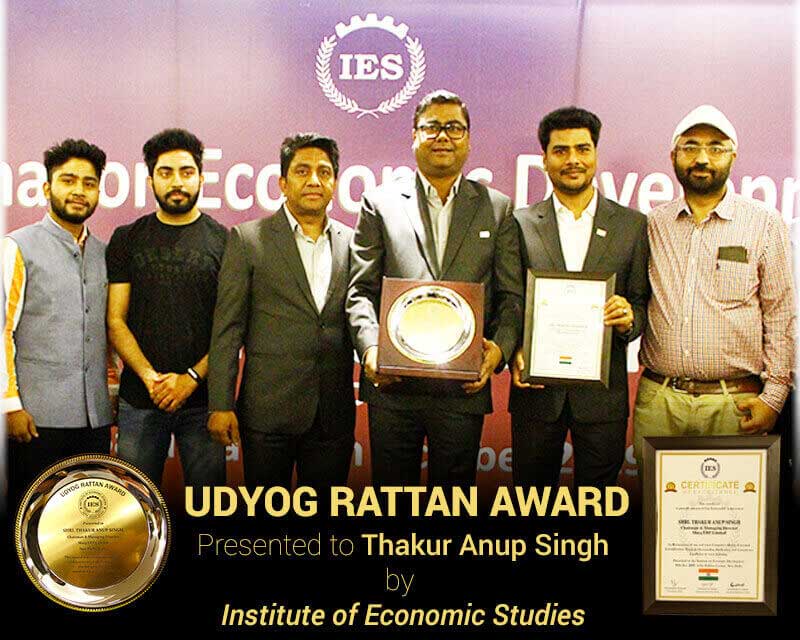The composition scheme is for the qualifying taxpayers with turnover less than 50 lakh in the preceding financial year to pay the percentage of their yearly turnover as tax in a state. The tax payer does not need to collect tax from their customer directly. The composition scheme also provides following benefits:
- File single quarterly return in spite of monthly returns
- Pay a lower tax rate, offering a competitive advantage
- Save time in maintain records & books
